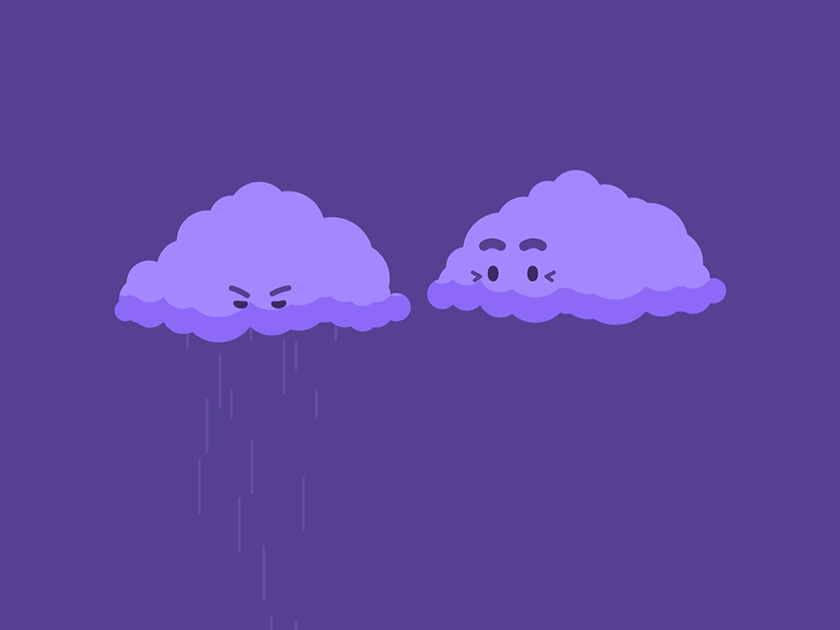 Z-wave is one of the protocols used in our smart home.
Z-wave is one of the protocols used in our smart home.
Z-wave runs at 800-900MHz frequency. In Norway, we relate to the Europe area, which is 868.4 MHz. There are 12 ranges, so make sure you buy products that are made for your area. This means that there is little chance that something is interfering with the signal, and it provides a good range. The signal can jump via other Z-wave products in your network 4 times, and it supports a maximum of 232 units in the same network.
In our setup we use an Aeotec USB Z-stick gen 5, this allows us to talk to all Z-wave products in the 300 and 500 series that are made for the Europe area. Now there is also a 700 series, but to use these devices, we have to replace the controllers first.
Briefly about the difference between the 3 z-wave series
| 300 series | 500 series | 700 series | |
| Operating temperature | -15 to 85 degrees | -10 to 85 degrees | -40 to 85 degrees |
| Power consumption | 35 mA | 35 mA | 12,5 mA |
| Maximum battery life | 1 year | 1,5 year | 10 years |
| Z-wave plus | No | Yes | Yes |
| Z-wave plus v2 | No | No | Yes |
| OTA opportunities | No | Optional | Yes |
| Published | May 2005 | March 2013 | April 2019 |
![]() In Home Assistant we use Z-wave JS to MQTT to control the Z-wave network and all the sensors we have. The difference between this and the built-in Z-wave JS is that the Z-wave JS to MQTT has a slightly better dashboard, and that makes it a little easier to handle devices. Z-wave JS is reasonably new in Home Assistant, so it comes more functionality every month here.
In Home Assistant we use Z-wave JS to MQTT to control the Z-wave network and all the sensors we have. The difference between this and the built-in Z-wave JS is that the Z-wave JS to MQTT has a slightly better dashboard, and that makes it a little easier to handle devices. Z-wave JS is reasonably new in Home Assistant, so it comes more functionality every month here.



